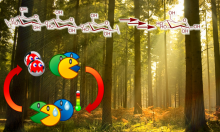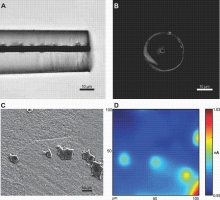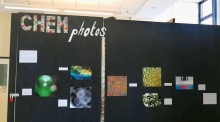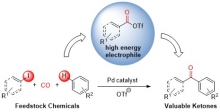McGill University chemistry professor Matthew Harrington is aiming to develop a renewable alternative to petrochemical plastics by mimicking the astonishing chemistry of the velvet worm – a creature that has made a name for itself through its projectile slime.
Inhabiting the forest floors of Australia and South America, velvet worms catch their prey by shooting out a jet of liquid that rapidly thickens to a sticky gel before hardening into polymer fibres comparable in stiffness to nylon.














